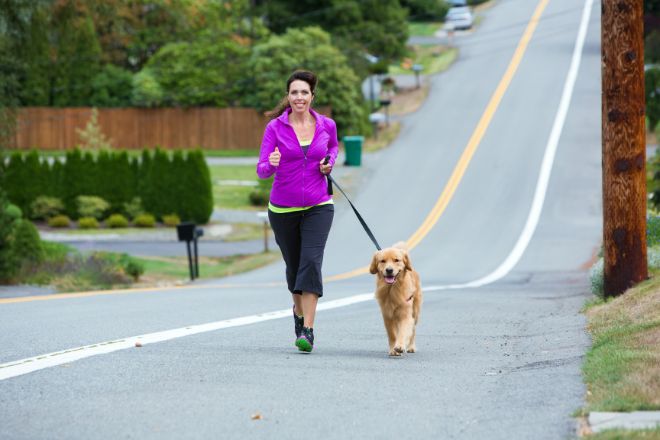
Many families around the world have a dog as a part of their family and household. Dogs are a great addition to any home, however there a few things to keep in mind when introducing a pet to a home where there are younger children. Below is a closer look at this and a few tips to help you make the transition as smooth as possible, both for the children, and the dog.
Dog Training
Puppies require a lot of training and attention. This can be too much for a family to take on, especially if they have younger children to take care of. Fortunately, there are various Dog Training & Boarding facilities that offer various training classes to choose from. A family can pick and choose the right class (or classes) for them to ensure that they can provide the best care for their puppy upon their return. These classes are aimed at teaching your puppy to be polite, social and well-mannered with humans, as well as being around other dogs.
Teach Children How To Gently Approach Pets
Children love animals, however, they do not know that they may be squeezing too tightly or that they are pulling on their hair. Because they may not be aware of their actions, teach them to gently touch the dog. Also, tell the child to approach the dog from the side and to stop with enough room to let the dog come to the child. This will allow the dog to willingly come to the child and to greet them on their own terms.
Let The Dog Sniff The Child
Dogs use their sense of smell to interact with people. Before the child (or anyone, for that matter) is permitted to pet the dog, let them sniff around you and the child. As a precaution, do not let the child offer their stretched out a hand to smell. Instead, they should curl in their fingers and should not push their hand into the dog’s face.
Zones Of Space For A Dog
When it comes to introducing children to a pet, education is key. Teach your kids that dogs have zones of space and that those zones should be respected. These zones are referred to as a public zone, a social zone, and an intimate zone. The intimate zone is one that no one should be in unless the dog has indicated that it is okay to be there.
Patience
When it comes to children and puppies, patience is encouraged for both involved. When a puppy is between eight to ten weeks, they are known to be in their fearful period as they are exploring the world for the first time. This, paired with a child’s excitement, can lead to misunderstandings that lead the dog to be on the defensive side and can result in injury to the child. Interactions that are slow and monitored will allow the child and the dog to learn what behaviors are okay and which ones are fun.
Children should never be left alone with a dog, especially not until the dog has become comfortable with the family. Have the children help in taking care of the puppy. They can do simple tasks like brushing their coat, assist with the bath, or going on walks with them daily.








